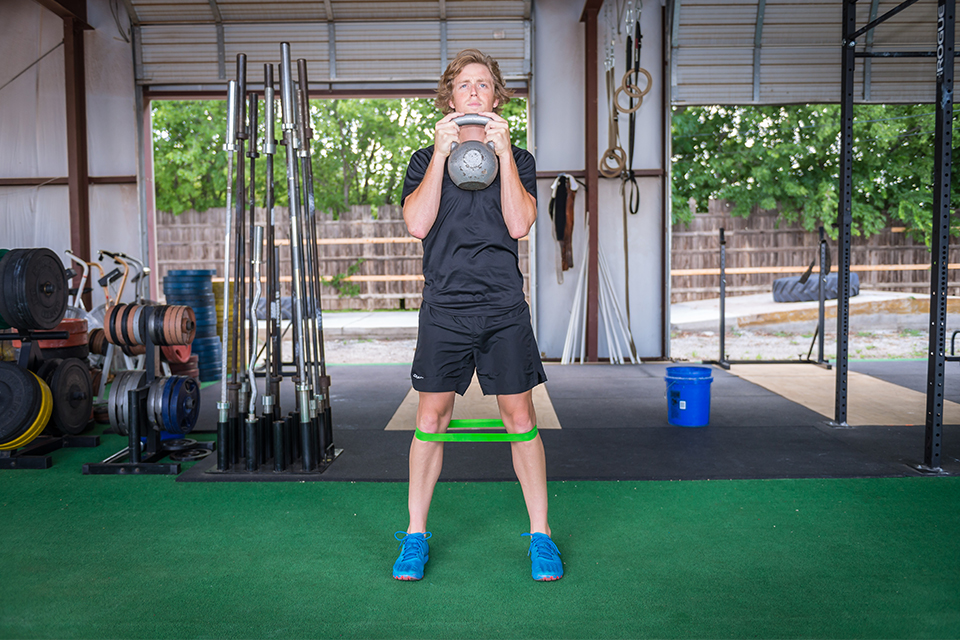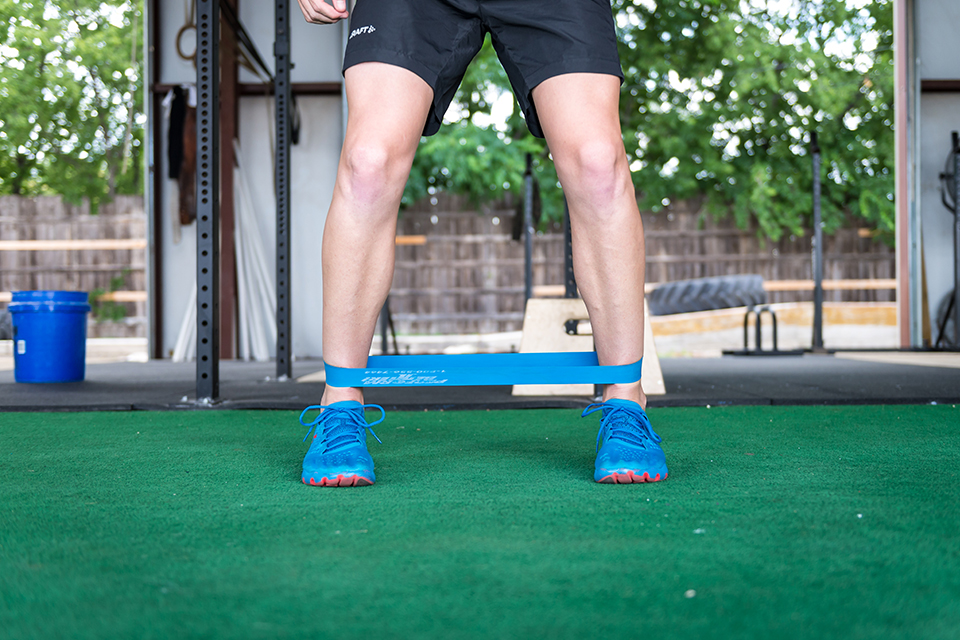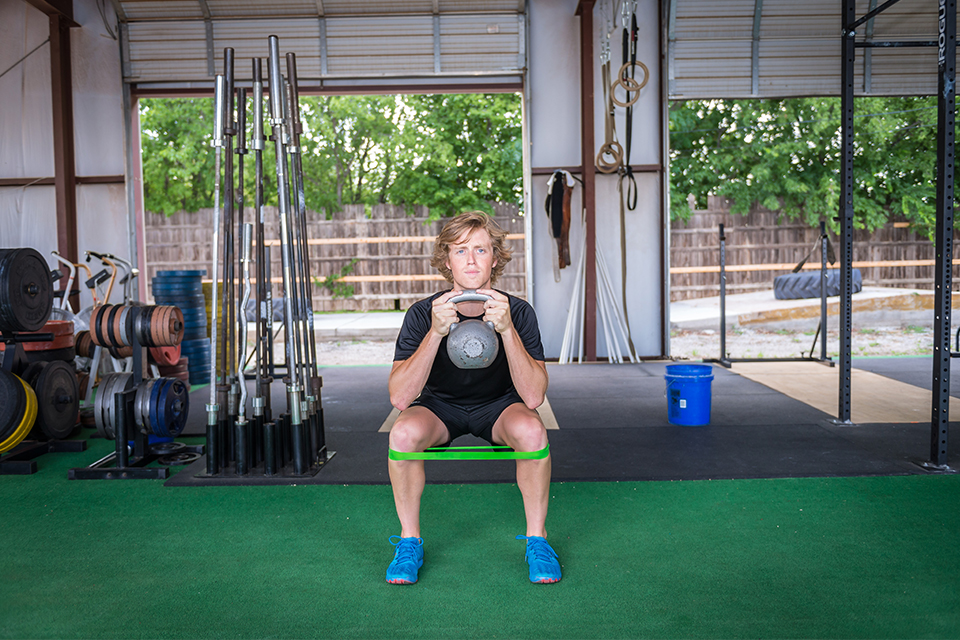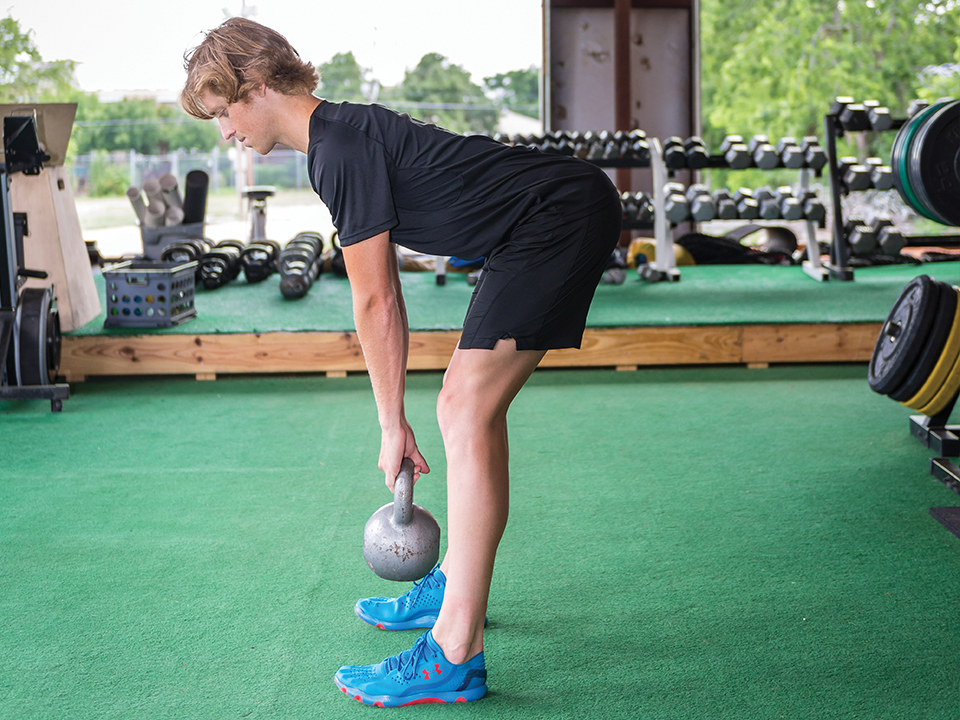Lifting for Life

Strength training, in general, is great for the body. It’s great for the bones and overall athleticism. Everything we do in life involves, at some point in time, having to lift things. So, not just for body strength, it’s important to know how to move things around correctly.
The monotonous pounding of running alone will not carry well into older age. It will keep the cardiovascular system very healthy, as long as diet is also healthy, but eventually, the body adapts and tightens. Shoulders round, knees start to hurt, hips ache, joints get sore. That’s not because of running—there’s nothing wrong with running—it’s because you only ran. The entire body has to be attended to and preserved. It’s important to run, but the other strength exercises that balance the body are equally crucial.
When it comes to endurance athletes, triathletes, or marathon runners, it’s even more important to be strong, especially in the parts of the body that can sometimes be neglected. Many times when training for an endurance race, the training is limited to the respective discipline, and that requires a lot of anterior involvement from the quads or core. The back and posterior chain are often forgotten, yet these are probably the most important parts of the body.
A common misconception is that strong also means big or bulky. When working with runners or cyclists, the goal is not to add size but to give attention to complementary muscles—particularly the lower back all the way down to the calves. Glutes, hamstrings, and lower back are many times overlooked in development.
If you look at triathletes, some are very front-heavy (meaning they have well-developed, strong quadriceps) but when asked, common complaints are lower back pain and even knee ailments. That means there’s a weakness somewhere. Everything in the front is so tight that hips begin tilting, or the quads are pulling so much, without the accompanying hamstring, that knees start to ache.
Think of it as imbalance. That’s the big key word because, at the end of the day, the person who is stronger overall—not bigger, but more developmentally well rounded—is going to win.
When it comes to endurance athletes, hypertrophy (building muscle bulk) is not the point of training. So get over the myth that strength training automatically equates to bulking. Moving weight simply translates to strength in all muscle groups. If you train correctly, with correct weight, reps, and sets, strength will come without added size. A lot of boxers and wrestlers, for instance, can’t get bulky because they compete in a weight class—but that doesn’t mean they don’t lift weights.
Workouts and movements can be simple, without requiring a lot of equipment, but still provide obvious gains in strength and power. Many top collegiate track programs implement movements such as deadlifts, cleans, and hang snatch at lower repetitions, and these help improve runners’ times because bursts of speed are developed in those repetitions. It’s the same thing for an endurance athlete. At some point during a race, that burst is going to be needed. When it’s time to hit it, the musculature needs to be there.
Workout
Here’s a sample workout that focuses on posterior chain and core stability. The great thing is that all of these can be done as a warmup for a run. This doesn’t have to be a stand-alone workout.
Band Walks —3 sets of 20 steps, alternating the right and left as lead legs for one set
Band around the ankles; toes pointed in toward each other.
The body should stay centered in a good athletic position, with a slight bend in the knees and the stomach tight.
Take small, deliberate steps, keeping the knee over the ankle.
De Leon: “You’ll notice that the high gluteus medius is firing because the toes are pointed in. If the toes start pointing out, the hip flexors will take on the stress—and you don’t want that, because they’re already getting enough work.”
Goblet Squat with Band — 3×12
Bring the band up around the knee and set up in a squat position.
Hold a kettlebell or dumbbell at the chest, elbows in nice and tight.
Keeping the chest tall, go into the squat position, pushing the hips back and driving the knees out even with toes as you sit into the squat.
De Leon: “The important parts are pushing the butt back and pushing those knees against the band. Even holding the weight in the goblet squat position forces the shoulder blades to retract.”
Straight Arm Kettlebell Good Morning — 3×12
Remove the band.
Grasp the kettlebell with both hands.
Stand with a slight bend in the knees, chest tall, butt back. Weight stays on midfoot to the heel.
As you reach down, push the butt back until a nice stretch is felt in the hamstring.
Nice and slow down, and then speed to return to standing position.
De Leon: “The back should never be rounded. That takes the strength exercise away from the hamstring and puts it into the back.”









